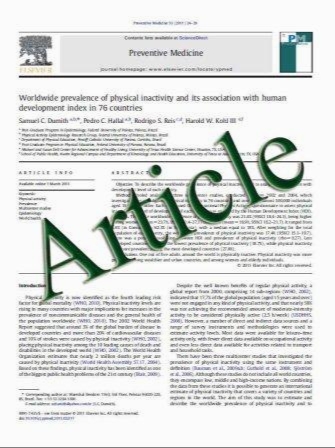Long-Term Effect of Interferon Therapy in Patients with HBeAg Positive Chronic Hepatitis B Infection
- نوع فایل : کتاب
- زبان : انگلیسی
- مؤلف : Hakan Senturk Birol Baysal Veysel Tahan Hasan Zerdali Resat Ozaras Fehmi Tabak Ali Mert Billur Canbakan Omur Tabak Gulsen Ozbay
- چاپ و سال / کشور: 2010
Description
Introduction Several studies have reported that interferon therapy increases elimination rate of HBeAg and anti-HBe seroconversion in chronic hepatitis B (CHB) patients. We aimed to evaluate long-term results of interferon-a treatment in HBeAg positive CHB patients in a country with exclusively D genotype. Methods Seventy-one naive CHB patients (M/F 61/10, mean age 29 ± 12 years, range 16–62) treated with 6 months of interferon-a 2b, 10 MU tiw and had a consequent untreated follow-up period of at least 10 years with positive response were identified and their data were reviewed. The therapy response was defined as HBeAg seroconversion with undetectable HBV-DNA. The responders were followed-up at 3–6-month intervals. Results Twenty-eight (39%) patients achieved HBeAg seroconversion (25 within the therapy, 3 within the consequent 12 months off-treatment follow-up). The responders were followed-up with a mean period of 152 months (range 123–181). In the follow-up period, 21/25 (84%) initial responders relapsed. On the other hand, 3 patients who did not respond at the end of therapy sustained the response during follow-up. Hence 21/28 total responders relapsed (75%), either with HBeAg reversion (3, 14.3%) or HBV-DNA elevation over 2000 IU/ml (or its equivalent in other types of definitions) and ALT elevation (18, 85.7%). The sustained response was present in 7 patients (9.8%). Serious side effects precluding completion of treatment occurred in three patients (4.2%). In multivariate analysis none of the pre-treatment parameters appeared to be significant in predicting response. Conclusion Sustained response to interferon treatment is low in HBeAg positive CHB patients with genotype D
Dig Dis Sci (2011) 56:208–212 DOI 10.1007/s10620-010-1255-9 Received: 9 December 2009 / Accepted: 13 April 2010 / Published online: 14 May 2010


